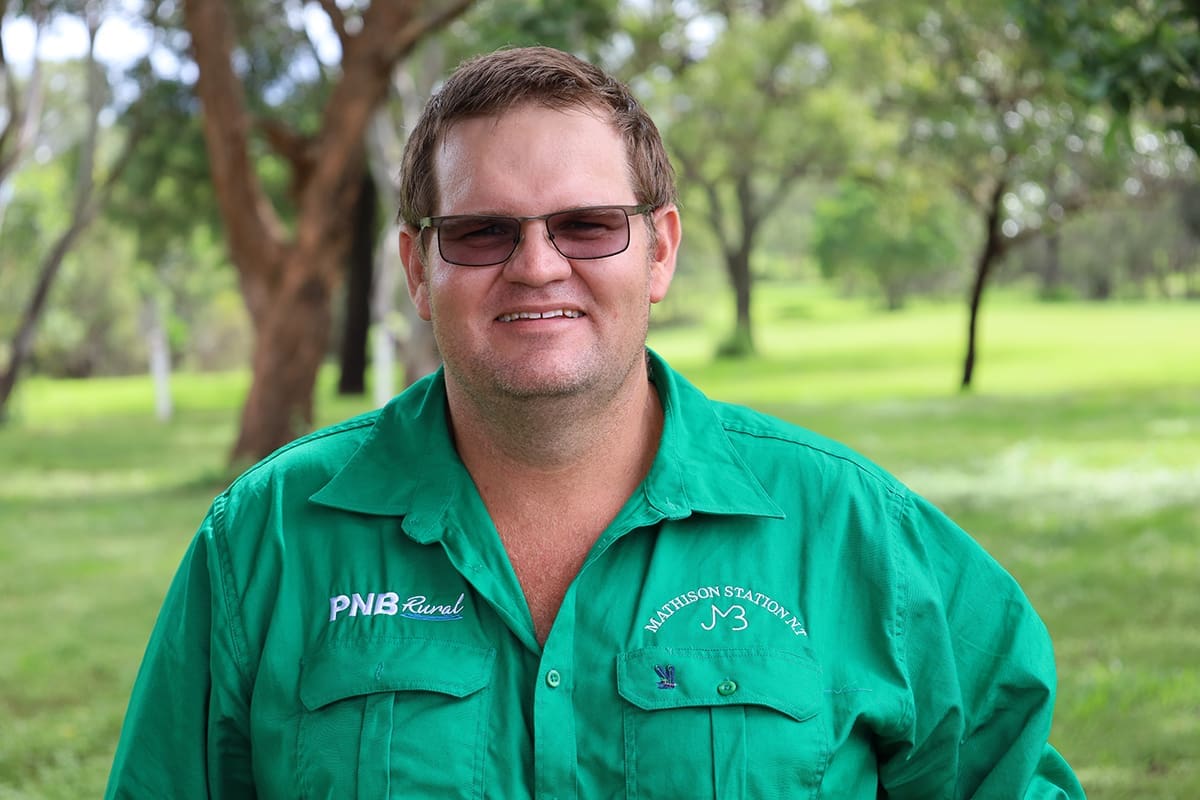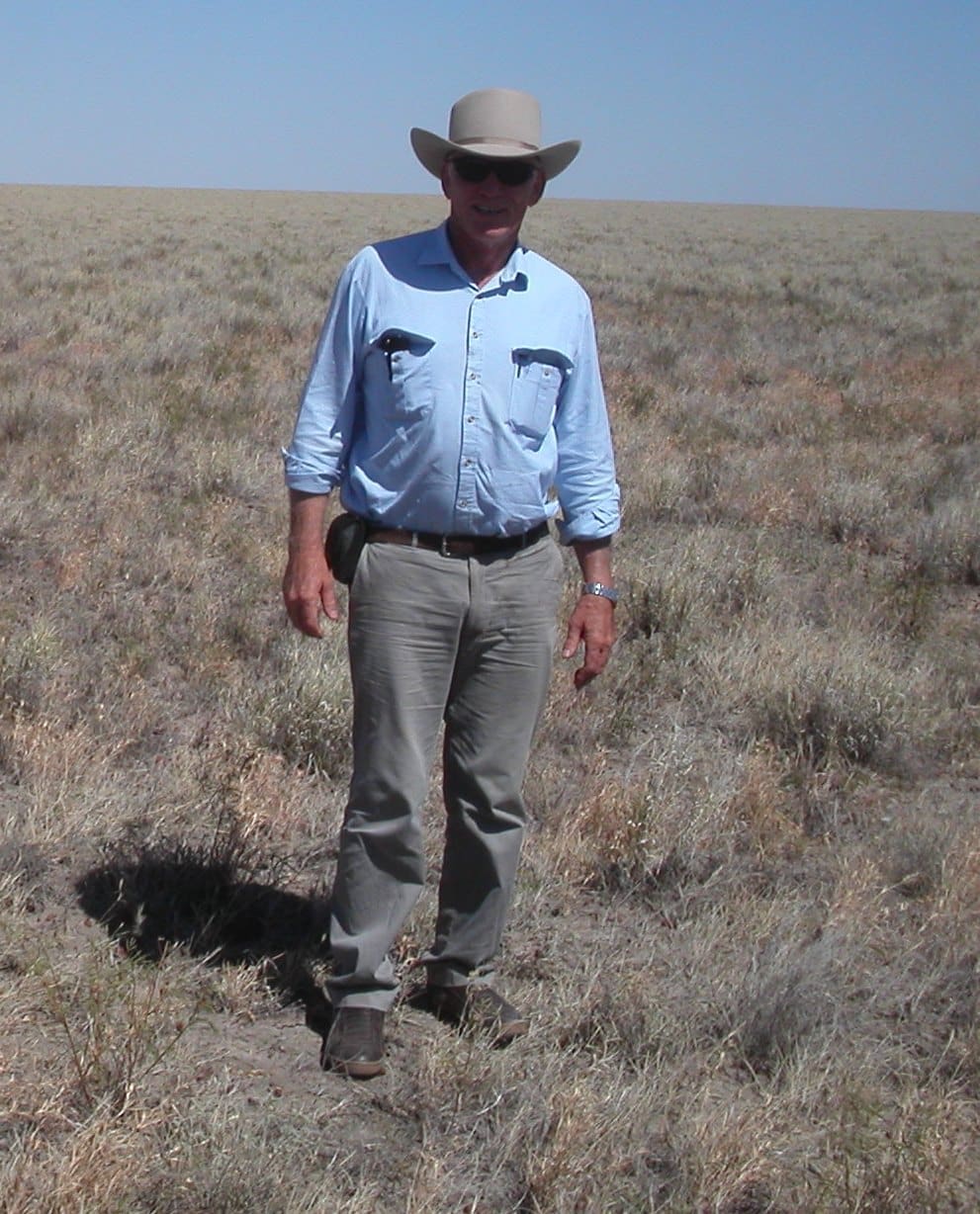VITAL research into phosphorus management in the 1980s and 1990s is still paying off for the region’s beef producers.
Since it was established in 1993, the North Australia Beef Research Council has been instrumental in guiding research and development dollars towards phosphorus management, resulting in game-changing research that continues to translate into real production gains for northern Australia’s beef producers.

Jay Mohr-Bell
Chair of NABRC’s Katherine Regional Beef Research Committee, Jay Mohr-Bell, the manager of Pancho Beef, said the outcomes of phosphorus research projects have been invaluable to his business.
“We feed phosphorus all year round now. It’s an expensive commodity but at the same time, we’ve seen in our business that it changes our bottom line and improves fertility,” he said.
Phosphorus is an essential mineral for livestock production, and the management of phosphorus is critical for maintaining the health and productivity of cattle in northern Australia.
Phosphorus deficiency in cattle is caused by low phosphorus levels in pastures, in turn caused by low levels in the soil, with much of Northern Australia recognised as deficient.
With improved phosphorus management practices, producers are achieving higher growth rates, better reproductive performance, and improved herd health, resulting in increased profitability.
Mr Mohr-Bell said it had sparked dramatic changes over the last 30 years.
“Phosphorus supplementation has dramatically increased cattle fertility and growth rates in our region,” he said.
“I know producers who have invested $5 an animal and saw a $25 return on that investment. When you feed phosphorus you make your money back hand over fist.”
NABRC’s NW Qld RBRC chair Ian Braithwaite said it was “probably a bit of a no-brainer” for Northern Australian producers to be feeding wet season phosphorus.

Geoff Neithe
Veterinarian Geoff Niethe coordinated several phosphorus research projects for Meat & Livestock Australia over more than a decade and said NABRC played an important role in prioritising the issue.
“Reproductive projects are always high on the agenda for prioritising and phosphorus was seen as a way to improve fertility, but phosphorus itself was also on the priority list supported by NABRC when the latest round of P research was instigated,” he said.
Dr Niethe said part of his role also involved raising awareness of phosphorus supplementation practices amongst northern producers through various programs including MLA’s ‘P Challenge’.
“Where there is acute phosphorus deficiency, there will be a magnificent response –fertility can increase quite spectacularly and huge increases in growth rates and liveweight gains seen in all classes of cattle over the growing season,” he said.
“But if a producer is going to spend thousands of dollars feeding phosphorus, they need to have certainty that their country is phosphorus deficient.
“The big problem now is that we know a blood test is the best test by far to indicate phosphorus deficiency in the diet, but we are still not unified in that opinion and some producers are still regularly using less decisive indicators such as faecal tests or pasture or soil tests,” he said.
“Once the P status of a paddock has been established, there is no need to do repeat testing if an acute deficiency was diagnosed.”
Dr Niethe said he believed the absence of a crushside blood test is one of the biggest factors holding the industry back from capitalising even further on the phosphorous research investment to date, as there are logistical problems in using the blood test in its current form.
“Those people that know they have a phosphorus deficiency and are feeding phosphorus are kicking goals, there is no doubt about that. They’ve really improved their productivity.”
NABRC, through consultation with its regional beef research committees, is instrumental in ensuring that research funding is directed towards addressing the most critical issues facing northern Australian beef producers.
Click here to visit the NABRC website
